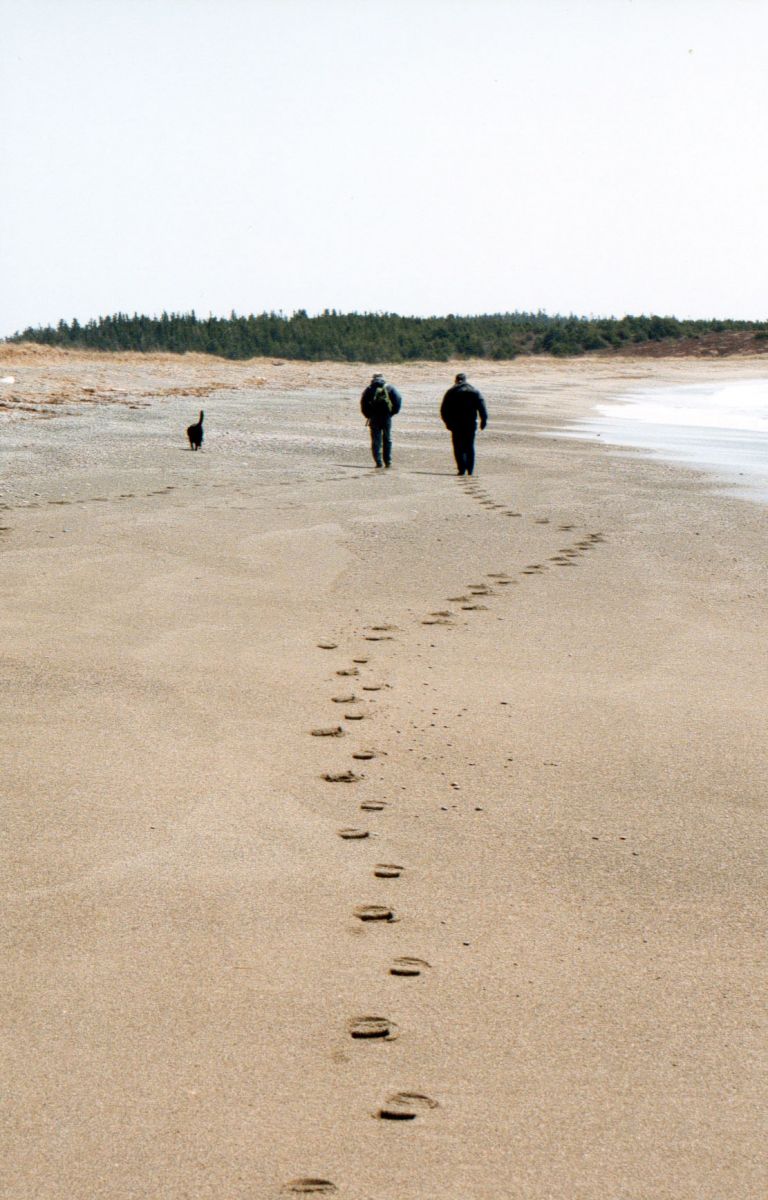Co-Learning
 In Integrative Science, we generally speak about our work as being a "co-learning journey".
In Integrative Science, we generally speak about our work as being a "co-learning journey".
Co-learning, as we envision and try to practice it, involves:
Reciprocity: learning from each other (Indigenous and Western).
Collectivity: learning together.
Creativity: learning to see linkages, complementarities, discontinuities, and transformations between our knowledges and among the vast numbers of patterns we discern in nature and also interpret.
Weaving Capacity: learning how to weave back and forth between our cultures' actions, values, and knowledges, i.e. between our ontologies, epistemologies, methodologies, and goals as circumstances require. Furthermore, we believe this weaving capacity is essential in order to work in an integrative (rather than assimilative or dominating) manner.
Our co-learning approach is, we believe, congruent with "common group learning" which Pohl et al. (2008) identified as one of the three basic ways that transdisciplinary research teams organize collaboration in order to reach integration. The other two ways identified by Pohl et al. (2008) are deliberation among experts and via a subgroup or individual.
We note the on-going (indeed, never-ending) nature of this co-learning journey and our mindful (indeed, spiritual) intent to talk and walk together in mutual respect to develop a living knowledge of transcultural collaboration for the 21st Century.
Reference in above:
Pohl, C. and Hadorn, G.H. 2008. Core terms in transdisciplinary research. In: Hadorn, G.H., Hoffman-Riem, H., Biber-Klemm, S., Grossenbacher-Mansuy, W., Joye, D., Phol, C., Wiesmann, U., and Zemp, E. (eds), Handbook of Transdisciplinary Research. (pp. 427-432). Springer.
See also:
Bartlett et al. (authors' final revised draft for chapter in forthcoming book)
